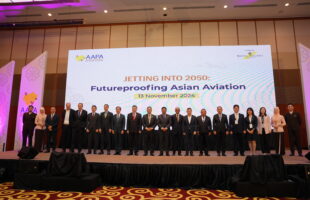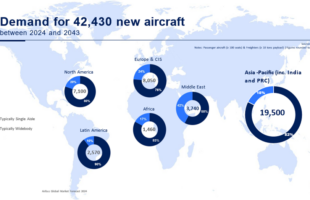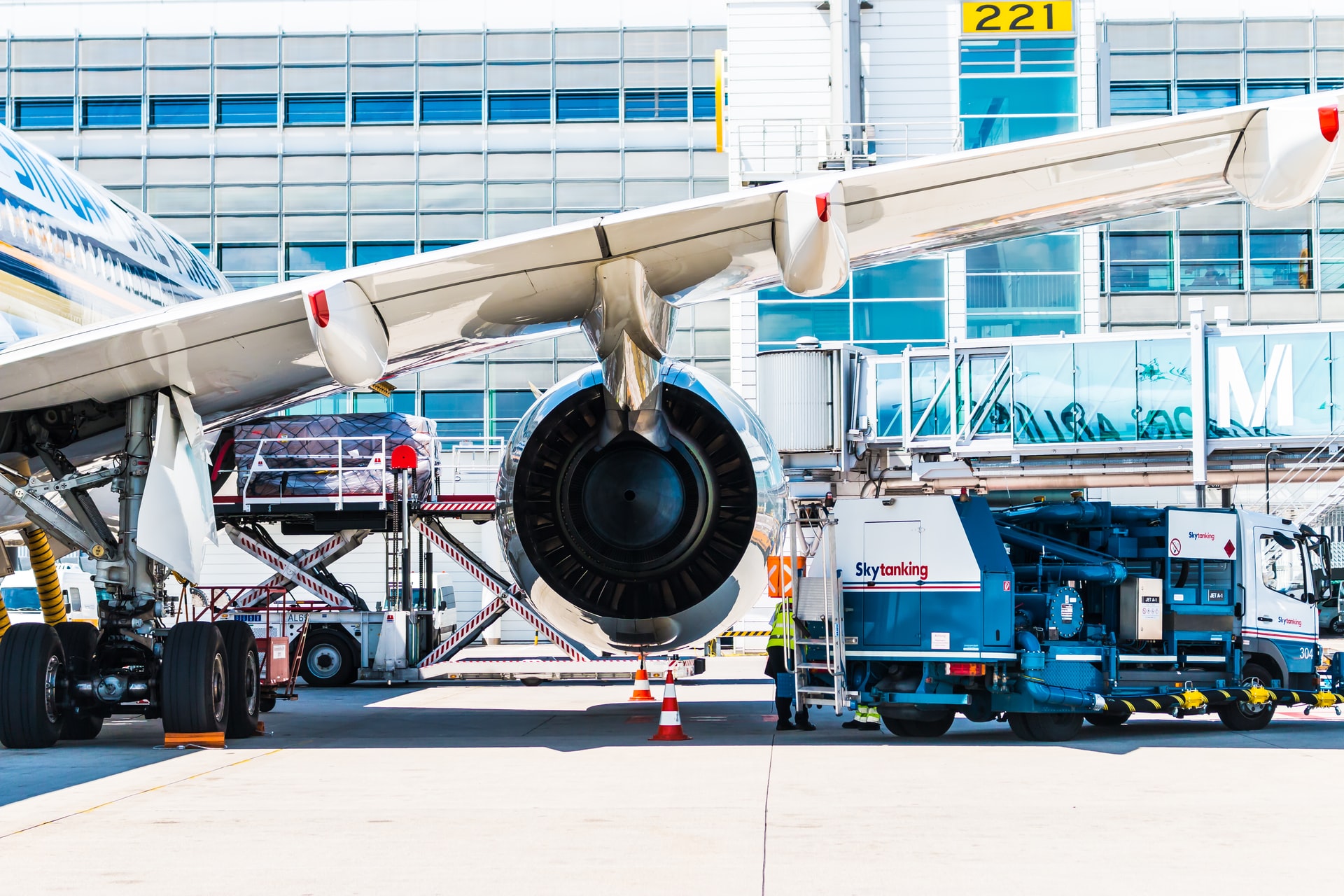
Courtesy of Emily Rusch on Unsplash
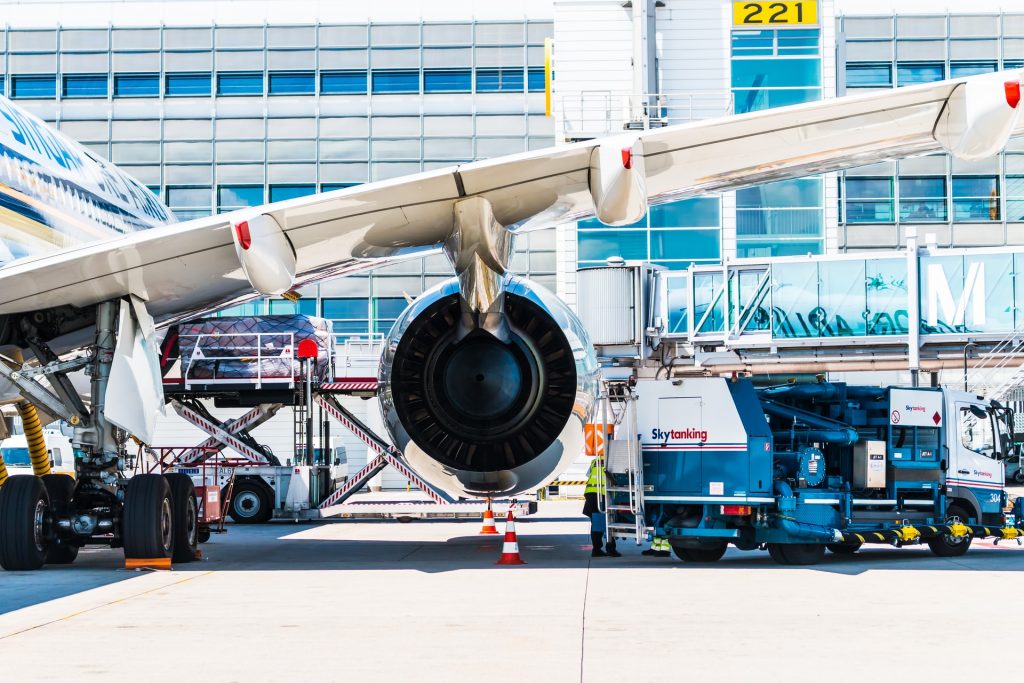
Asia Pacific airlines saw international cargo demand (in FTKs) slide 19.3 percent year-on-year in August, with the Association of Asia Pacific Airlines (AAPA) citing ongoing weakness of global trade flows.
Freighter operations remained active but significant cuts in passenger operations led to a 33.4 percent year-on-year drop in offered freight capacity.
As a result, the average international freight load factor jumped 12.3 percentage points to 70.6 percent for the month.
Cargo demand in August was slightly below the 5 billion FTKs last month at around 4.8 billion FTKs.
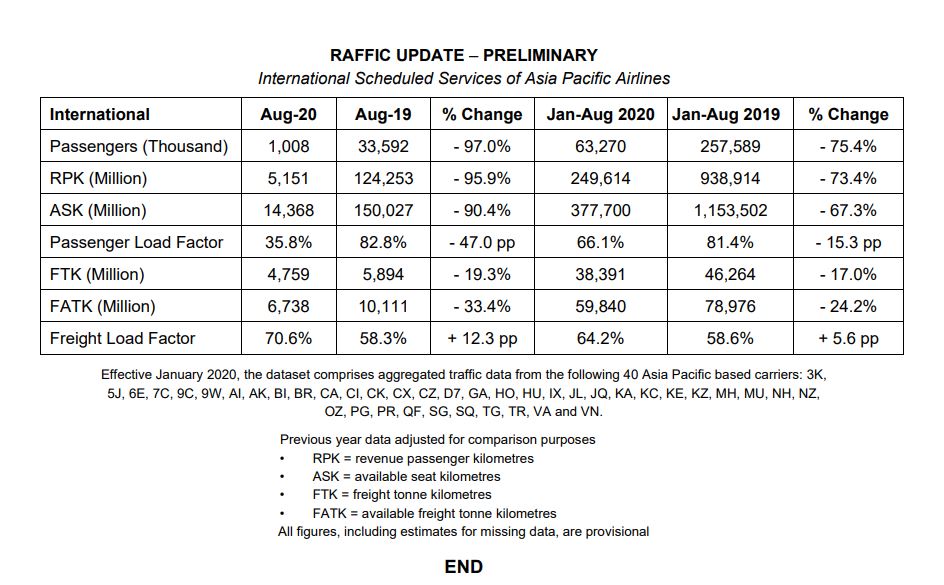
Meanwhile, August passenger figures saw international demand “severely depressed” as a result of ongoing border restrictions. AAPA is hoping for some form of coordinated action to restore global connectivity and to indicate a bit of recovery till year-end.
Asia Pacific carriers carried 1 million international passengers in August, just 3 percent of the 34 million passengers carried in the same month of 2019.
Offered seat capacity was relatively higher at 9.6 percent of the levels operated last year, whilst the average international passenger load factor was 35.8 percent for the month.
“There is no international air travel market to speak of, as the border restrictions severely inhibit international air travel,” commented Subhas Menon, AAPA’s director general.
“Abrupt re-impositions of border closures by some countries due to a resurgence in COVID-19 cases have further shrunk passenger demand. Travellers, airlines and airports are struggling to make sense of the patchy, sweeping and unharmonised approaches to border regulations being imposed by various countries,“ Menon explained.
The director general urged a review of existing restrictions and harmonised protocols based on objective risk assessments.
”Uncoordinated measures and abrupt changes to protocols only serve to diminish travel confidence, with wider repercussions that impact consumers and businesses far beyond the aviation industry,“ he added.
“AAPA calls for an urgent review of border closures and blanket quarantine requirements, particularly for travel between countries where the prevalence of the virus is low and contained.”
“The Association remains committed to working with governments and industry stakeholders to safely reopen international travel corridors in line with evolving ICAO CART recommendations,“ he ended.



